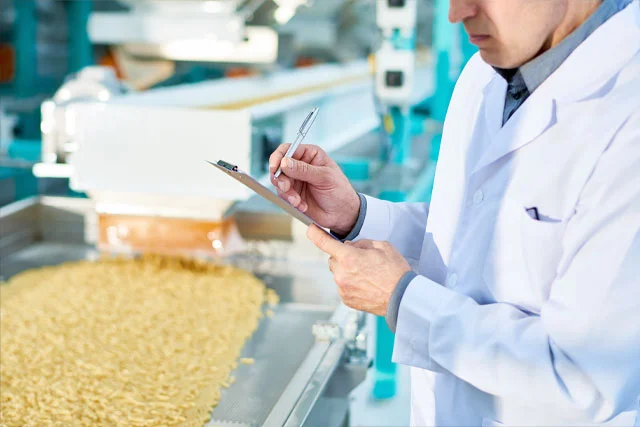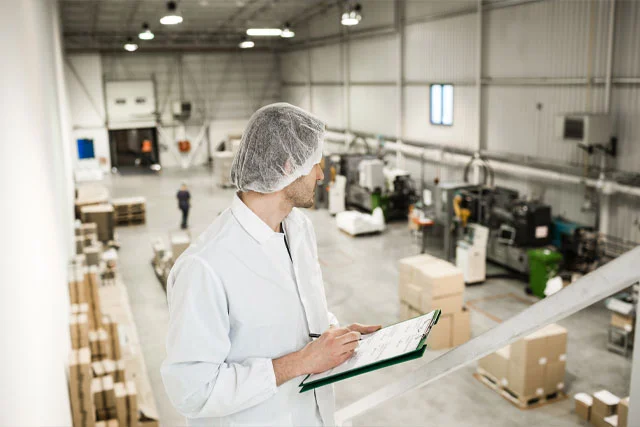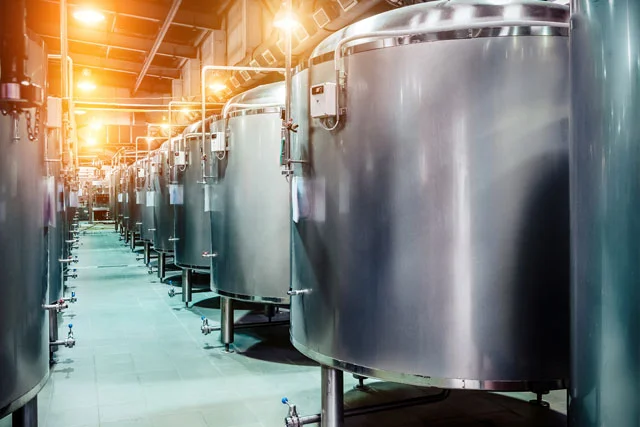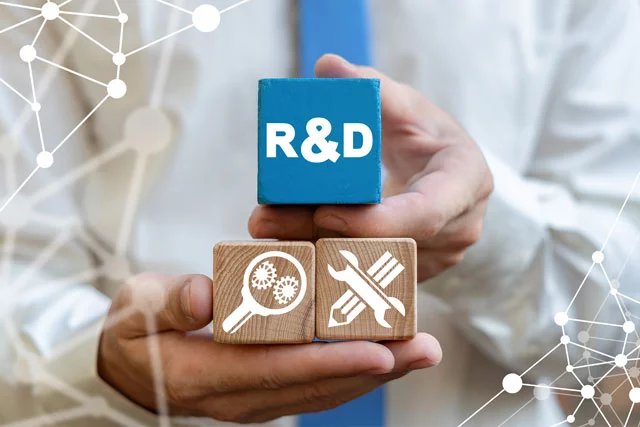
In nearly 30 years of senior-level international marketing, strategy and business development, I’ve worked in a variety of industries. The one I’ve spent the most amount of time in is food and beverage.
Working with large multinational matrix organisations through to smaller family-run food companies, I’ve managed teams, launched new equipment and solutions into the sector, opened up new channels to market, and optimised the business’s practices everywhere I’ve been.
So, I thought it was about time I shared some of that expertise here on my blog!
Ways to improve productivity in food manufacturing
The food production industry is vast, with many sub-sectors from snacks to confectionary to fresh fruit and veg, to pre-packaged ready meals and more. Not only does each one of those have its own processing, handling and packing requirements, but each country has specific laws and legislation to be followed around food safety and operational performance.
Despite this, there are some universally smart ways to improve efficiencies in your food production business. These are my top five.
Optimise cleanliness and maintenance
My first tip for improving food manufacturing efficiency is to double down on the clean and tidy in your factory. There are two reasons. First, the dirtier the environment, the more food contamination is likely to occur. Secondly, the messier your space, the less organised it will be and the more than can go wrong – a massive blocker to operational efficiency. You could, of course, commission regular top-to-bottom professional cleaning of your space. However, that’s expensive – and if it puts you out of operation more than necessary which is a blow to your productivity

Instead, you might want to consider the second point on my list…
Train your employees thoroughly
The main source of contamination in food production businesses comes from people and incorrect processes. So it makes sense to ensure they are properly trained and aware of the correct practices and procedures to follow.
Everything from machine operation, to food handling techniques, to PPE, should be considered – plus, of course, the right processes for cleaning down their working spaces once their shift is over as well as between product changeovers.
Aside from protecting your business, being diligent with training also shows employees you care about their safety. Added to which, on-the-job education on food production processes, technology and regulations also shows an investment in up-skilling your people, which is great for the morale of anyone who’s career-minded.
By implementing easy-to-follow processes that make workers’ lives easier and investing in their safety and skills, you’re making your factory a better place to be for everyone. There’s really no downside to it, which is why training is on my list of the ways to improve efficiencies in your food production business
Prioritise quality control
Another of the best ways to improve productivity in food manufacturing is to take a magnifying glass to quality control. That means reviewing your policies, processes and any associated systems, and investing in the future of your business by upgrading where needed.
For instance, foreign bodies in food can cause you to throw out whole batches of otherwise viable stock, which can massively impact productivity and could even lead to health and safety sanctions and a negative public perception of your business. But machines like X-rays and metal detectors and climate control systems can all help pick up on these contaminants early and allow you to get ahead of the problem.
Of course, purchasing new equipment is one thing, but it also needs regular maintenance to stay operable. With that in mind, putting a proper preventative maintenance process in place will mean your team have troubleshooting methods and replacement parts should any systems start showing signs of wear and tear. Replacing whole systems is guaranteed to slow down productivity, so repairing at the first sign of issues is another simple, smart tip for improving food manufacturing efficiency.

Use automated workflows
Speaking of simpler and smarter, your business can be both if you take time to look at the efficiencies of your workflows and invest in improving them.
Where quality control above was a hardware issue, the solution here could well be a software one.
Bottlenecks naturally occur in multi-stage processes like those present in food manufacturing plants. So your first step should be to get a complete overview of your plant’s processes so you can define where those bottlenecks occur.
Once you have, automating some of your manual processes could save you hours of productivity, which in the long run will lead to enormous cost savings right across your food production business.
Of course, that could lead you to my fifth and final suggestion…
Invest in R&D

Research and development might be something you think of happening in a science lab, or perhaps somewhere in Silicon Valley. But when you think about it, each food business is unique, with its own set of idiosyncrasies and operational challenges. So if the problems are yours alone, why wouldn’t you invest in developing your own solutions to them?
Some of the potential solutions might involve exploring robotics and artificial intelligence. These are especially prescient in the current climate, where Covid-19 has caused a need for social distancing in factories and impacted the efficiency of food businesses across the globe.
Investing in R&D also carries additional financial benefits. By developing your own technology rather than buying off-the-shelf ones, you’ll not only have tailor-made solutions, you’ll also be able to claim back the cost of much of their development through R&D tax credits. You can then re-invest that reimbursement from HMRC into further R&D projects (creating a virtuous circle), or use it to expand operations, employ more people, or grow your product range.
I may have listed R&D last here, but when it comes to improving efficiencies in your food production business, its long-tail benefits mean it might be the first place you want to start.
Helping your food production business grow and thrive
So, those are my musings on how to improve food processing efficiency. As you can see, there really is no single key to success. Instead, by taking a detailed overview of your entire business and investing where needed, you’ll be well placed to protect and grow your operation for the future – and even recoup some of those costs in the process.
If you think I can help with any area of optimisation, process management or marketing, please get in touch.
Further reading
- How to Prepare Your R&D Tax Credits Claim
- Why Innovation Means Big Money for Businesses
- Qualifying Criteria for R&D Tax Credits
- A Starter’s Guide to R&D Tax Credit Claims
- How R&D Tax Credits Can Help You Save Money During COVID (and Beyond!)
